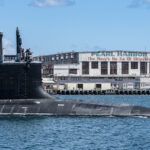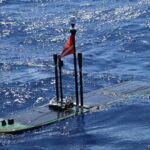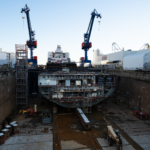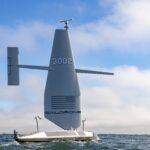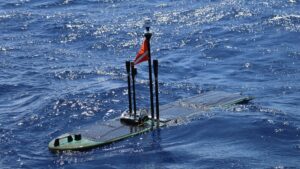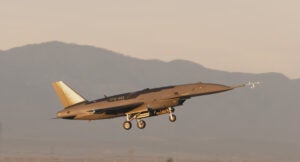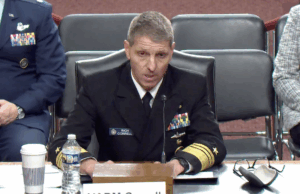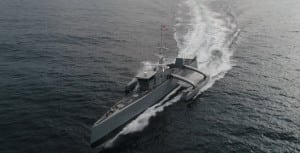
The Navy released the final request for proposals (RFP) for the development of a Medium Unmanned Surface Vehicle (MUSV) on July 16. MUSV will be a pier-launched, self-deploying modular surface vessel that uses open architecture. The Navy said it will be capable of autonomous navigation and mission execution. The Navy defines a MUSV as being 39 to 164 feet long. It plans to conduct a full and open competitive procurement this year and expects to award a single MUSV prototype…

 By
By 